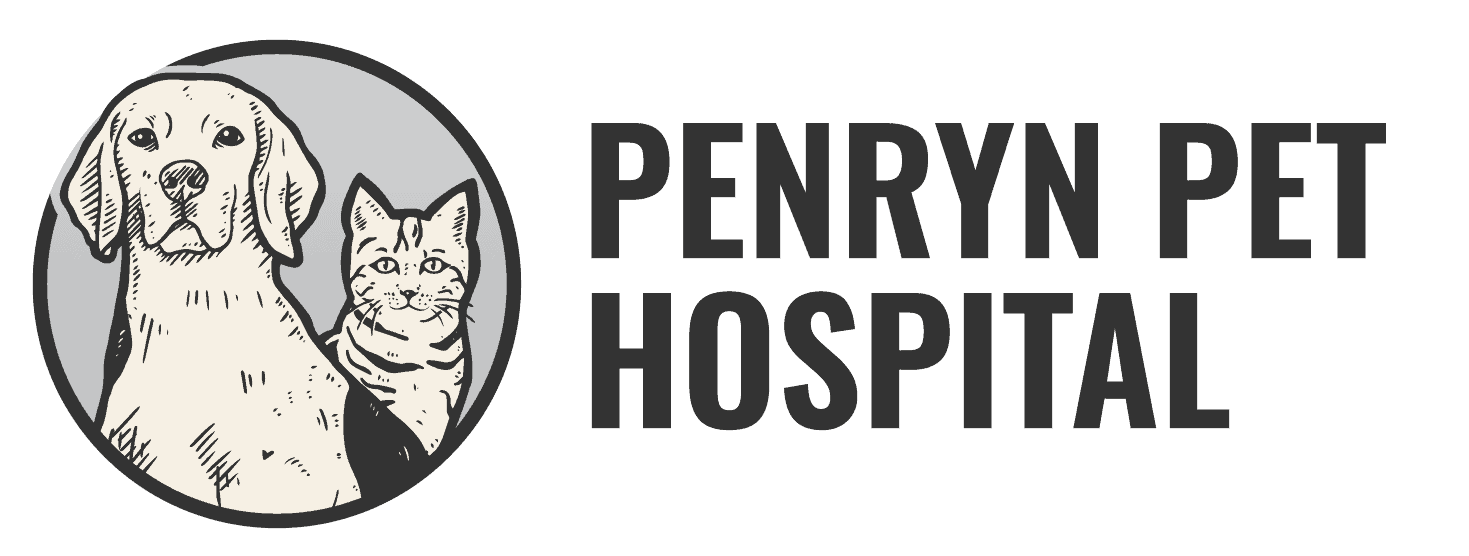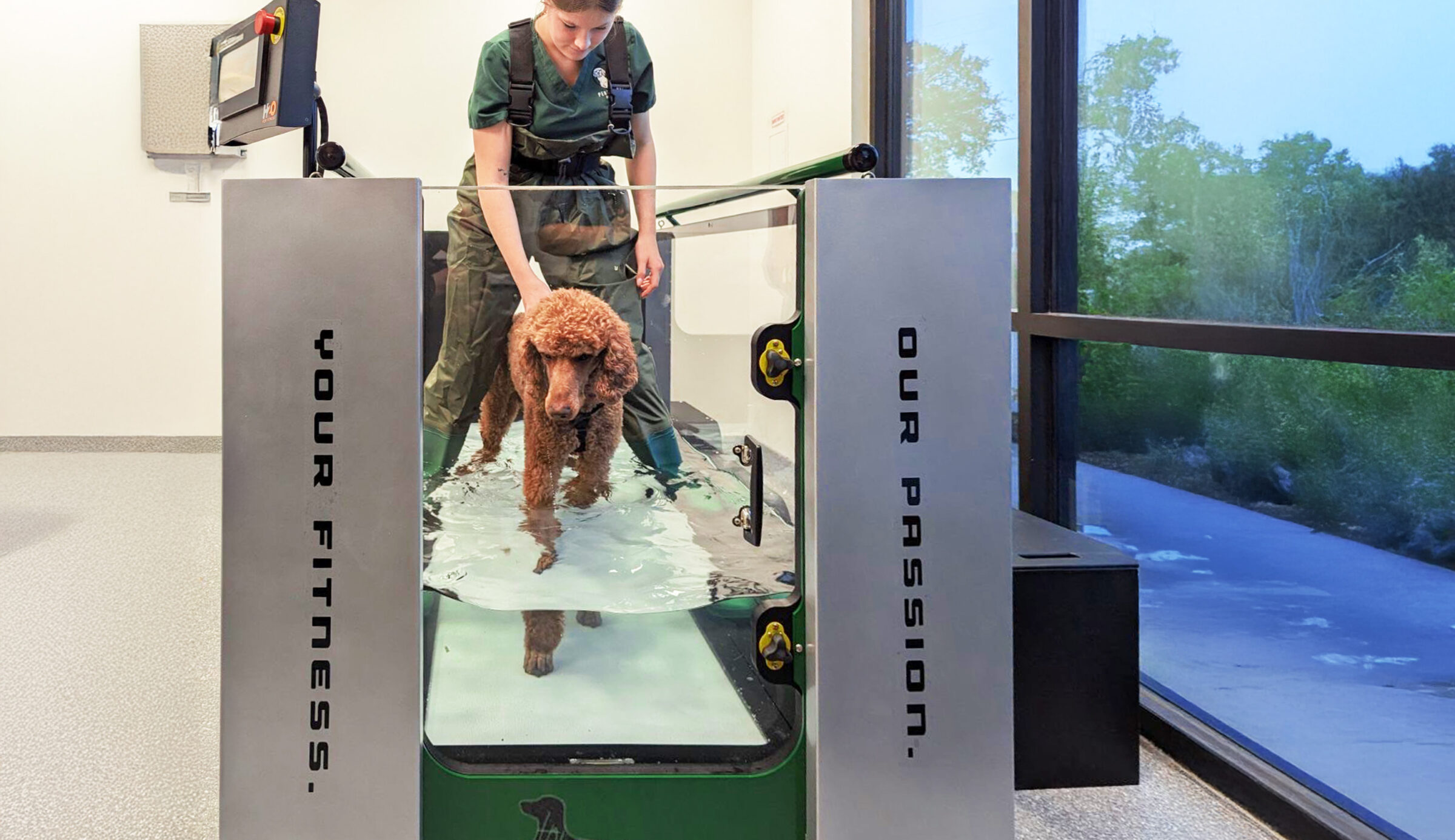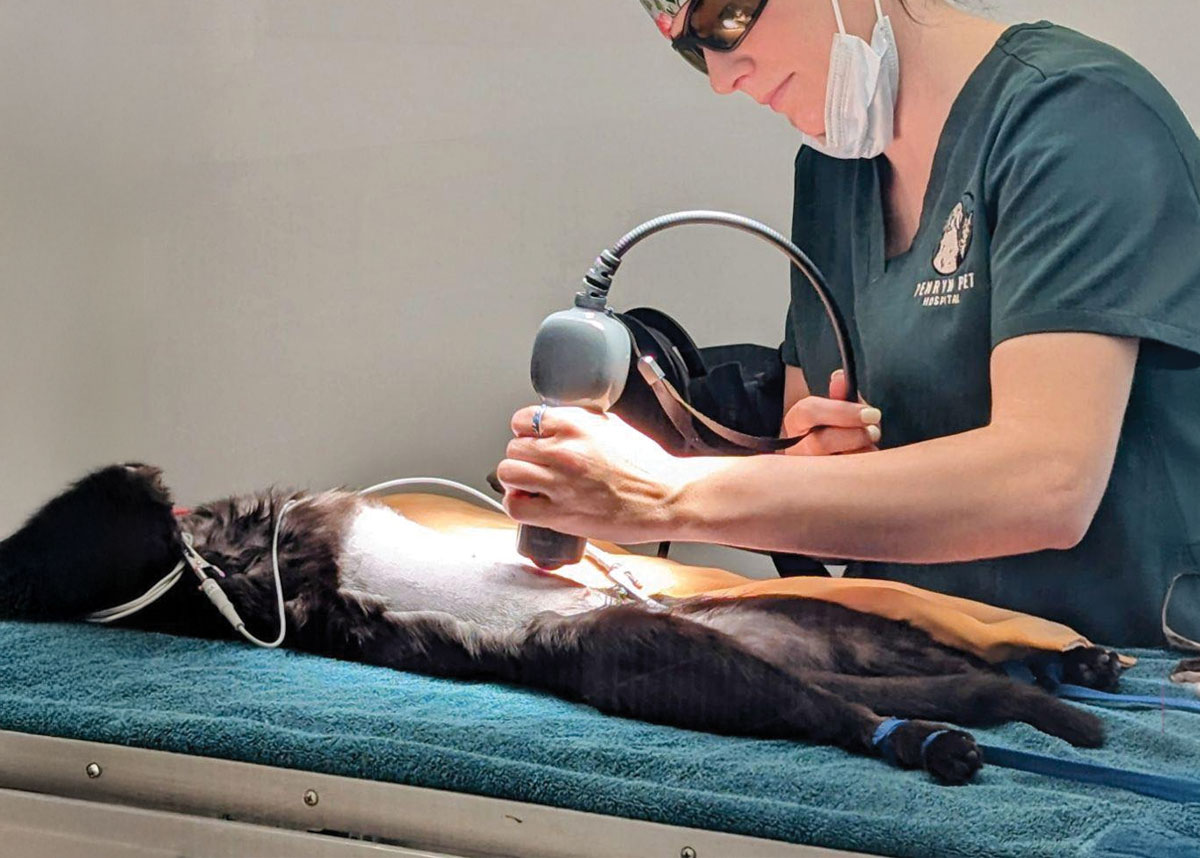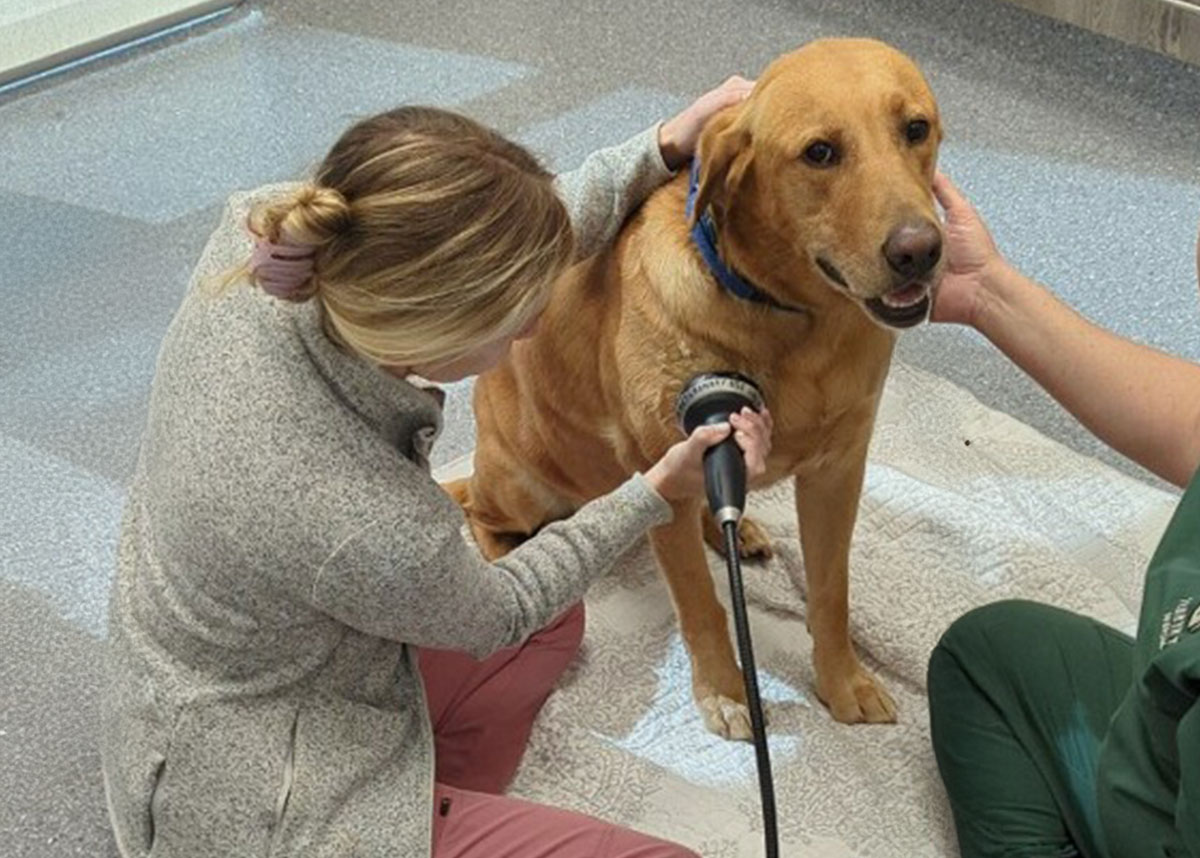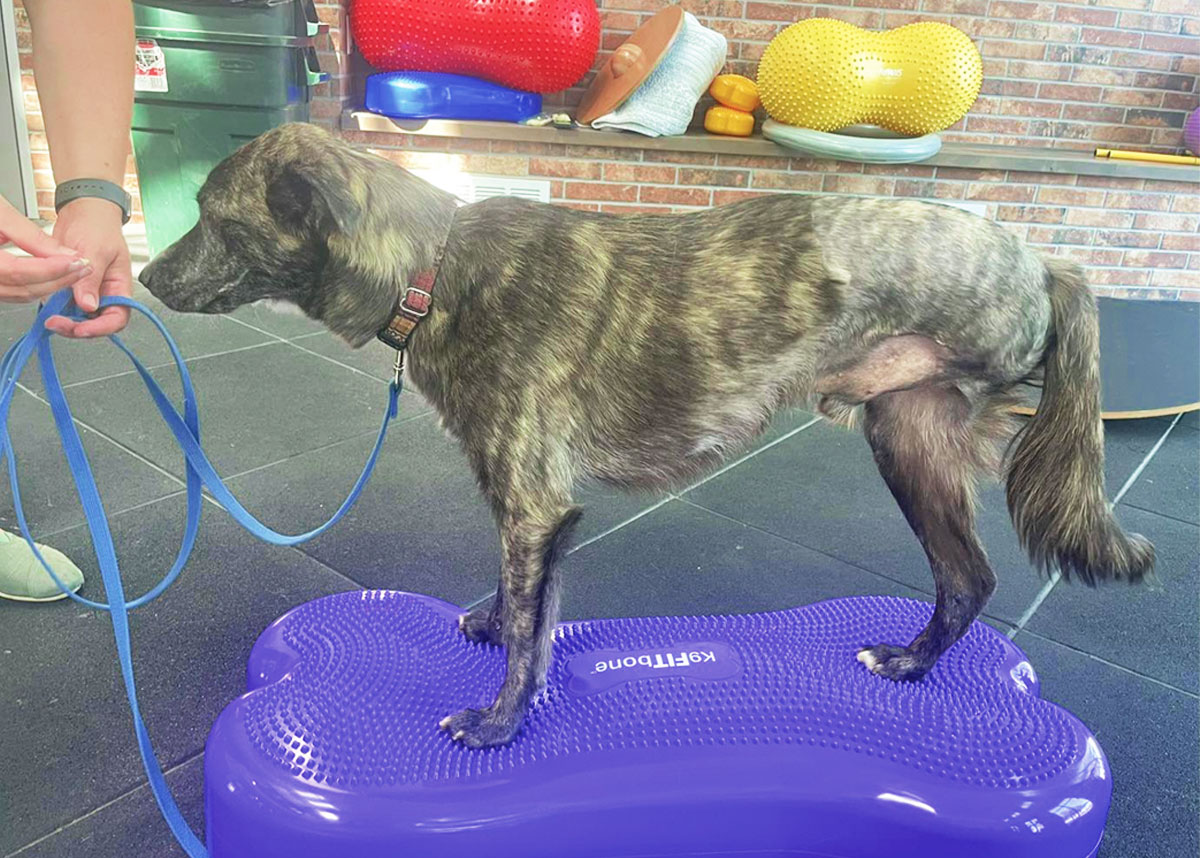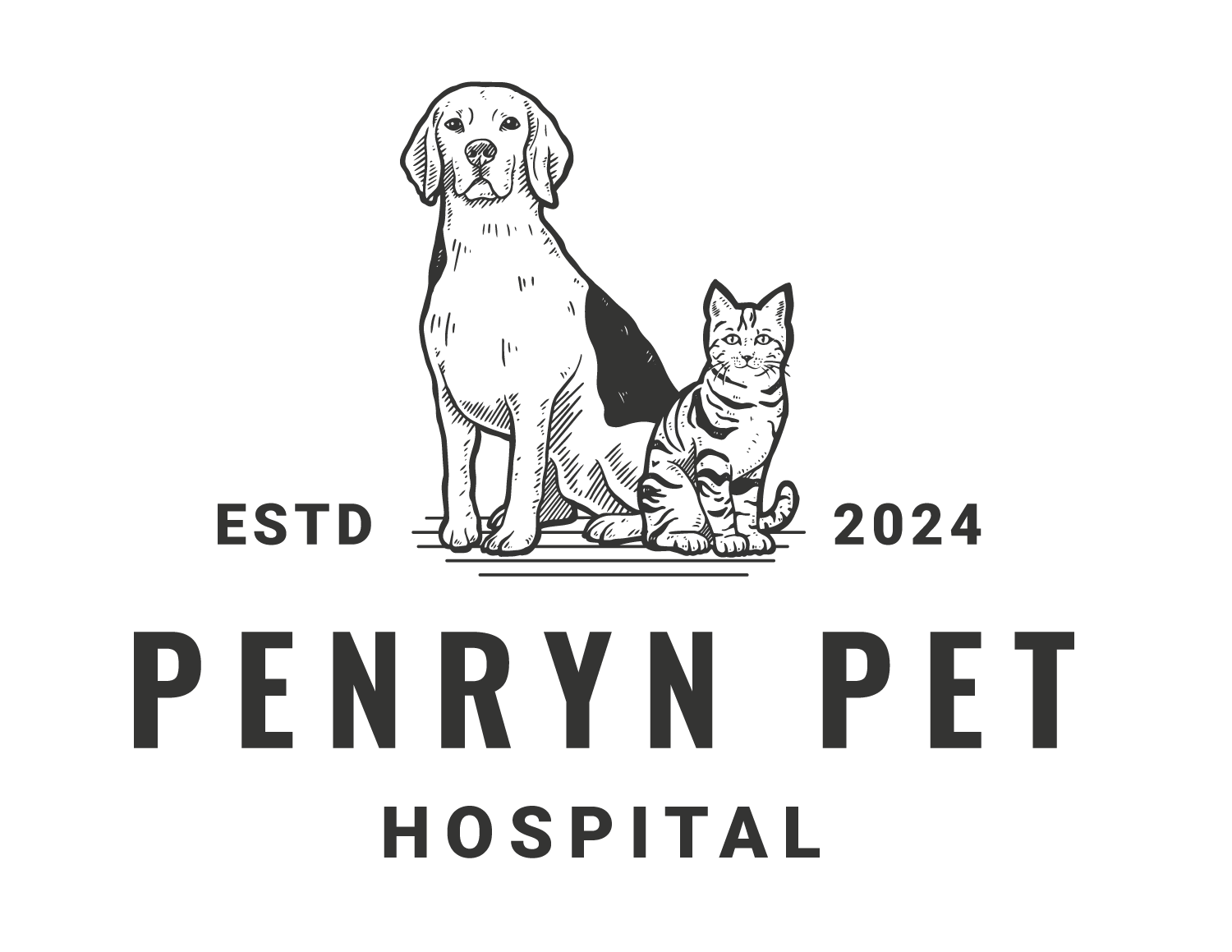PET REHABILITATION
Acupuncture
> Reduces pain & promotes healing.
> Increases circulation & releases ‘feel good’ neurotransmitters for pain relief.
Electrical Stimulation
> (TENS) Transcutaneous Electrical Nerve Stimulation aids in pain relief.
> Initiates muscle contractions to help prevent atrophy and retrain muscles.
Frequently asked questions
Why Should I Choose Penryn Pet Hospital?
We are deeply committed to the community, focusing on educating pet owners with our knowledgeable staff, ensuring every visit enhances your pet’s health and your understanding of their well-being.
- EXPERT CARE: We have built a team with years of rehabilitation experience. Our rehab program is led by Dr. Camille Forstadt DVM, CVA, CCRT who has had years of specialty training, focusing specifically on integrative rehabilitation for small animals (and equine) during vet school. She is also a Certified Canine Rehabilitation Therapist through the Canine Rehabilitation Institute (CRI) and Certified Veterinary Acupuncturist through the Chi Institute in both small and large animals.
- COMPASSIONATE APPROACH: We treat every pet as if they were our own, providing gentle, loving care in a stress-free environment.
- CUSTOMIZED PLANS: Every pet is unique, and so are their rehabilitation needs. We tailor our services to meet your pet’s specific health goals.
When is rehab needed?
Rehabilitation services are particularly helpful for pets who have had orthopedic surgeries, sustained soft tissue injuries, had an amputation, those that have pain due to arthritis, and many other instances.
Rehab can often help:
- Decrease pain
- Restore function
- Increase the speed/success of post-op recovery
- Improve range-of-motion
- Increase strength and endurance
- Assist with conditioning and weight loss
- Improve (and prolong) the pets’ quality of life
Plus, there are many treatment options, even for non-surgical patients.
Who are Common Rehab Patients?
Common rehab patients typically include:
- Post-Operative Patients
- Orthopedic (TPLO)
- Neurologic (IVDD)
- Restore function
- Increase the speed/success of post-op recovery
- Improve range-of-motion
- Increase strength and endurance
- Assist with conditioning and weight loss
- Improve (and prolong) the pets’ quality of life
The First Step is the Most Important
Your pet's recovery starts with you. Contact us Today!
Let's Get Started